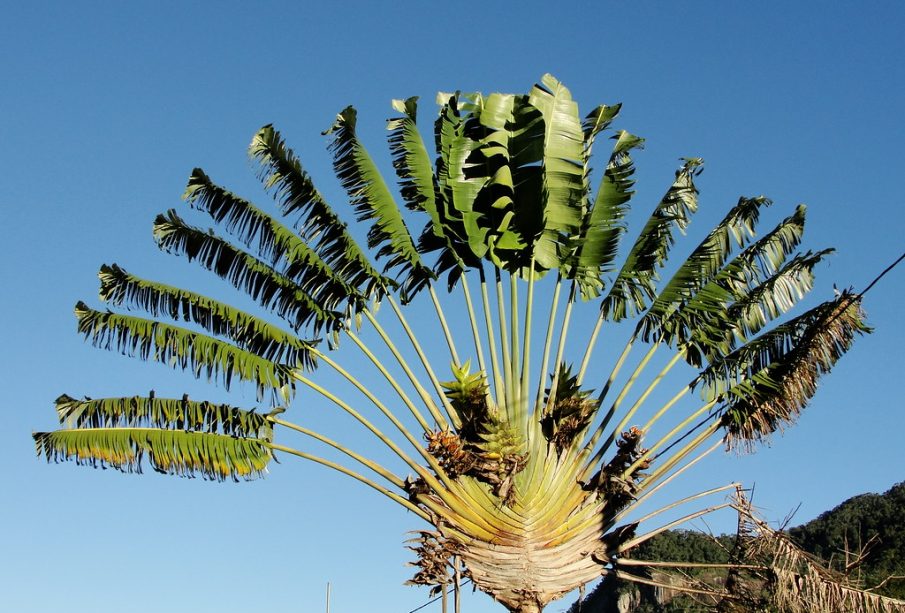Exploring Madagascar: An Island of Biodiversity and Culture

Introduction to Madagascar
Madagascar, the fourth largest island in the world, is renowned for its remarkable biodiversity and unique cultural heritage. Home to thousands of species that exist nowhere else on Earth, this island nation is a treasure trove for scientists and travelers alike. The importance of conservation efforts in Madagascar is underscored by its ecological significance and the challenges posed by climate change, deforestation, and habitat destruction.
Recent Developments in Madagascar
In recent months, Madagascar has garnered international attention not only for its stunning landscapes and diverse wildlife but also for its socio-political developments. The country is in the midst of addressing pressing issues such as poverty and environmental degradation. In response to these challenges, the government, along with various NGOs, has initiated strategies focused on sustainable development and conservation.
One of the most notable projects launched is the “Biodiversity for a Livable Climate” initiative, aimed at empowering local communities to engage in sustainable land-use practices that can support both biodiversity and livelihoods. Furthermore, recent partnerships with international organizations are fostering research and conservation endeavors to protect endangered species like the lemur, which is a symbol of Madagascar’s unique fauna.
The Cultural Richness of Madagascar
Madagascar is not just about its wildlife; its cultural tapestry is equally compelling. The island is home to 18 distinct ethnic groups, each with their own traditions, languages, and customs. The recent rise of tourism has allowed for a renewed interest in the preservation of Madagascar’s rich cultural practices, such as music, dance, and traditional crafts.
Efforts to promote the island as a key cultural and eco-tourism destination are being bolstered by events such as the Festival of the Sacred Dances, which attracts participants and visitors from across the globe, highlighting its vibrant communities and cultural heritage.
Conclusion and Importance for Readers
As Madagascar faces both opportunities and challenges, the international community’s involvement is crucial in ensuring the sustainable development of this unique island. For readers, understanding the significance of Madagascar goes beyond its exotic landscapes; it encompasses the need for environmental awareness and cultural sensitivity in tourism and global interactions. Through informed decisions and support for conservation efforts, audiences can play a role in protecting Madagascar’s unrivaled biodiversity and fostering its rich culture for future generations.









